Everything about watching a child grow is delightful. The alphabet song slowly becomes a nursery rhyme and before you know it, the rhymes disappear, giving way for grammar and science. But the childhood memory inside each one of us would beg to differ. Rhymes have never disappeared. They just modeled themselves into this happy and innocent childhood memory that lies untarnished. Back then, we were too cute to question who wrote these poems. Was there ever a breed of nursery rhyme authors? Far from questioning, the notion of someone writing rhymes was alien. Rhymes were rhymes, they just happened. Nursery rhyme authors? What a lovely new thing to think of.
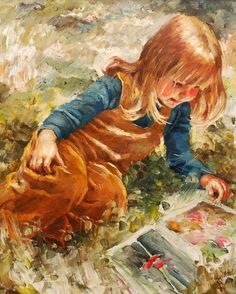
Well, we all grew up and we at curious halt, thought to halt all the hectic and to remember the poets that decorated our childhood. The unsung heroes, whose songs we know by heart.
Mentioned here are the details of some nursery rhyme authors, who gave us our melodious childhood.
1. Jane Taylor
Twinkle Twinkle Little Star rhyme as old as time is the only way we can describe this considering it was first published in the year 1806. So, to bring in a little perspective, a kid in nursery yelling this rhyme at the top of his lungs in the year 2017 is actually reciting a very old piece of literature, 200 hundred years old, to be exact.
Of all the nursery rhyme authors, Jane Taylor takes the first place because more than 200 hundred years ago she wrote this five stanza poem which was published in” Rhymes for the nursery”.
More about Jane Taylor
Jane Taylor was an English poet and novelist, who belonged to the Romanticism movement. Her works are said to be reminiscent of Jane Austen in a few ways, in particular, her novel titled “Display”.
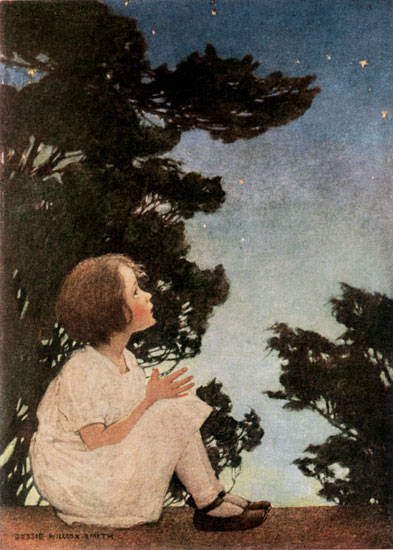
She hailed from a family with strong literary inclinations. How strong? The family comprising of her elder sister – Ann Taylor a poet and a novelist, her mother, a writer, and her father, a writer too, churned out so many books, the literature coming from them, gave them the title of “Taylors of Ongar”. Ongar is a small town in the county of Essex.
Fun fact:
Jane‘s brother Isaac, was a theologian and also, the inventor of the beer tap. (Further cementing the unfortunate stigma about writers and intoxication.)
2. Sarah Josepha Hales
Mary had a little lamb and this lamb had a sudden piquing of its educational interest and followed Mary to her school. It’s a fun poem but it was also a real story. There was a Mary Sawyer, who lived in Sterling, Massachusetts, who had a pet lamb which one day followed her to school and it was hilarious. This story remains intact in all the narrations of the history of the poem. But, how this incident translated into a rhyme has two different narrations.
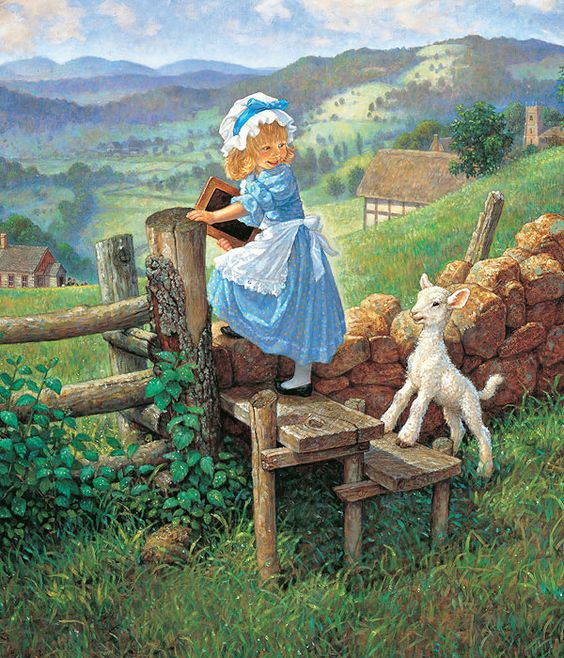
One theory says when the incident happened in the school, a young man was visiting the town at that time. He found the happenings, quite amusing. So, the next day he handed Mary a slip of paper with the first three lines of the first stanza written on it, birthing the now unforgettable rhyme.
Sarah Josepha Hales, the poet credited with writing the rhyme, is said to pick it up from the three line stanza and giving us the rhyme.
Another theory holds that, Sarah Josepha Hales wrote the entire rhyme herself.
More about Sarah Josepha Hales
She was an American poet and writer. Mary had a little lamb, is the cheeriest feather in her cap but that is not her only claim to fame. She was a fierce campaigner for the creation of “Thanksgiving” and was one of the first few American women to write about slavery.
It was in 1830, after her first novel was published, that her collection “Poems for our children” was out. It had the poem “Mary had a little lamb”, forever cementing the rhyme in the nursery rhyme book.
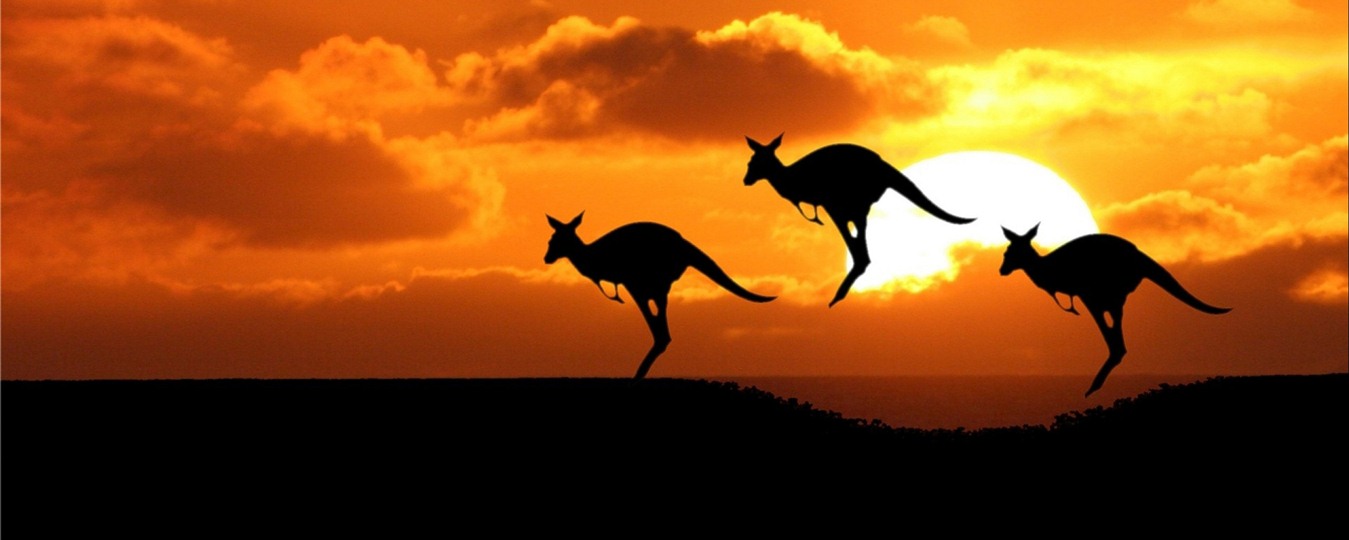
Short Story: Rahul Loves Kangaroos And Its Tail
3. Thomas D’Ufrey
Old Mc Donald had a farm eeya eeya oo – The animal noise rhyme was what enlivened a class of human children into a weird cocktail of noisy animals. This nursery rhyme was written not by an author but by a contributor to the opera. The earliest known version of this rhyme was a part of an opera by Thomas D’Ufrey called “The kingdom of birds” published between the years 1719 to 1720.
It reads like this:
“In the Fields in Frost and Snows,
Watching late and early;
There I keep my Father’s Cows,
There I Milk ’em Yearly:
Booing here, Booing there,
Here a Boo, there a Boo, every where a Boo,
We defy all Care and Strife,
In a Charming Country-Life.”
One can see it resembles the modern verse only in the faintest. But, one cannot also deny that the catchy verses of the poem we moo-ed to were picked up from here.
There were other interpretations, recordings and publishing of this verse by different authors, throughout history. It rears its head in collections of folk songs and in rhyme books of children under collections attributing to different nursery rhyme authors. But to be true to its roots, let’s only talk of the original creator.
More about Thomas D’Ufrey
Thomas D’Ufrey was an English writer who contributed majorly to the Ballad Opera. Known for his wit and satire, in his lifetime Thomas wrote 500 songs and 32 plays. Take a moment to appreciate that his style was of wit and satire and to write so much, he must have been an amazing man to converse with. He wrote court songs, political songs and country songs.
The last part explains Old McDonald and his farm, and the animals and the mooing and grunting. Also, it’s a part of an opera. Who knew we were mooing operas all these years.
4. Sir Edmund Spenser
Roses are red Violets are blue, sugar is sweet, so are you. This is a nursery rhyme that resurfaces every Valentine’s Day. But, who wrote such a sweet poem? As is the case with the other rhymes, the origins remain uncertain. But that is not to say, we do not have an inkling of its first appearance.
Sir Edmund Spenser is considered as one of the greatest English poets of all time. His work, “The Faerie Queene” was published in the 1590s and is an epic, allegorical poem. It remains one of the longest poems of all time, in the English language till date.
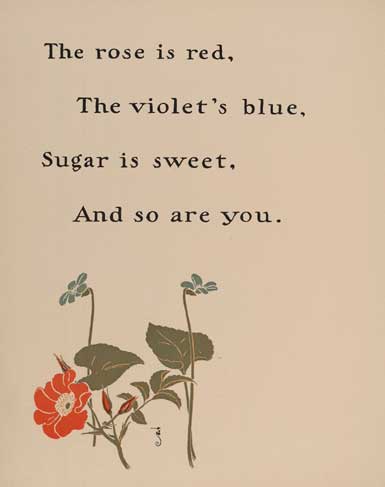
The poem contains the following lines, relevant to our rhyme
“It was upon a Sommers shynie day,
When Titan faire his beames did display,
In a fresh fountaine, farre from all mens vew,
She bath’d her brest, the boyling heat t’allay;
She bath’d with roses red, and violets blew,
And all the sweetest flowres, that in the forrest grew.”
One can, as in the case of Old McDonald, glimpse only a faint resemblance to the modern verse. But a closer sounding version was published in the year 1784, in a nursery rhyme book, in the following lines,
The rose is red, the violet’s blue,
The honey’s sweet, and so are you.
Thou are my love and I am thine;
I drew thee to my Valentine:
The lot was cast and then I drew,
And Fortune said it shou’d be you.
As is apparent, the verse is centuries old and its nothing short of magical that it still has stuck around, printed on pink, scented Valentine’s Day cards
5. John Lant
Ding Dong Bell, Pussy’s in the well… You know the rest.
Even this poem, dates back to 1500s. The earliest known version of this was recorded in 1580, by the Organist of Winchester Cathedral, John Lant. Again, not a quintessential nursery rhyme author.
The line read like this:
“Jacke boy, ho boy newes,
The cat is in the well,
Let us ring now for her Knell,
Ding dong ding dong Bell.”
Well, we have to admit, that is a tad too dark and violent for nursery and also, as in the previous rhymes, has only a faintest resemblance.
The modern version can trace its ancestry to the version contained in the book “Mother Goose’s Melody”. It was published in London around 1765, which also added additional lines to the poem which, instead of sounding the death knell for the kitten, save it from the well. *Breathes a sigh of relief*
But, if you do remember, the rhyme we read back in school had nothing about the cat being saved. It only spoke of the boy being naughty for putting the cat in the well. Well, that version of the poem was first published in the year 1949 in a collection titled “New Rhymes for old”.
Old rhymes and excavations
One thing that all the nursery rhymes have in common is that, they are old. Really, really old so much so that the nursery rhyme authors are left back in time. This was just a humble effort by us to bring a few to the surface again, to give them their due. There are yet many, many more poems whose origins are not only unclear but, glaringly unknown. We can only hope the literary archaeologists dig the names of nursery rhyme authors up from their quiet, ancient graves.
Comments
Powered by Facebook Comments
